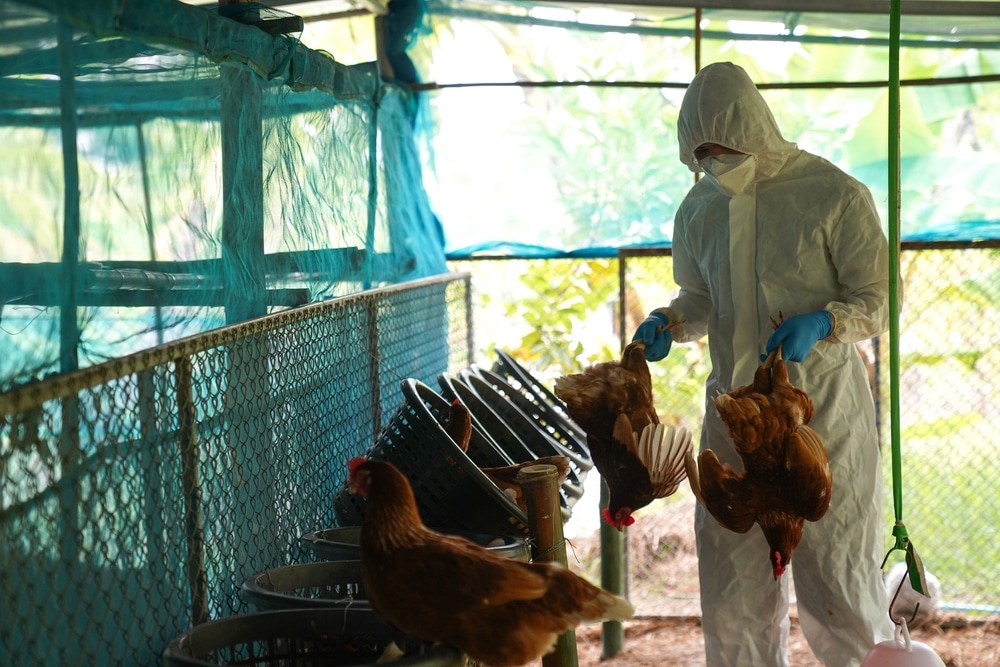Driving down a windy canyon road in northern Oregon rangeland, Jordan Maley and April Aamodt are on the look out for Mormon crickets – giant insects that can ravage crops. “There’s one right there,” Aamodt says. They’re not hard to spot. The insects, which can grow larger than 2 inches, blot the asphalt.
Mormon crickets are not new to Oregon. Native to western North America, their name dates back to the 1800s, when they ruined the fields of Mormon settlers in Utah. But amid drought and warming temperatures – conditions favored by the insects – outbreaks across the West have worsened.
According to CBS News, The Oregon Legislature last year allocated $5 million to assess the problem and set up a Mormon cricket and grasshopper “suppression” program. An additional $1.2 million for the program was approved earlier this month.
It’s part of a larger effort by state and federal authorities in the U.S. West to deal with an explosion of grasshoppers and Mormon crickets that has hit from Montana to Nevada. But some environmental groups oppose the programs, which rely on the aerial spraying of pesticides across large swaths of land.
Maley, an Oregon State University Extension Agent, and Aamodt, a resident of the small Columbia River town of Arlington, are both involved in Mormon cricket outreach and surveying efforts in the area.
In 2017, Arlington saw its largest Mormon cricket outbreak since the 1940s. The roads were “greasy” with the squashed entrails of the huge insects, which damaged nearby wheat crops. Rancher Skye Krebs said the outbreaks have been “truly biblical.”
“On the highways, once you get them killed, then the rest of them come,” he explained. Mormon crickets are cannibalistic and will feast on each other, dead or alive, if not satiated with protein.
The insects, which are not true crickets but shield-backed katydids, are flightless. But they can travel at least a quarter of a mile in a day, according to Maley. Aamodt fought the 2017 outbreak with what she had on hand.
“I got the lawnmower out and I started mowing them and killing them,” she said. “I took a straight hoe and I’d stab them.” Aamodt has organized volunteers to tackle the infestation and earned the nickname “cricket queen.”Another infestation last year had local officials “scrambling,” Maley said.


















